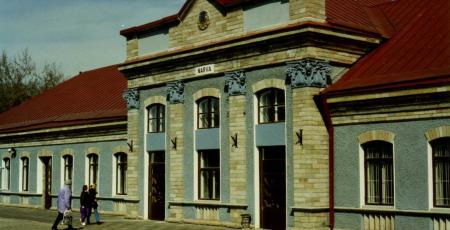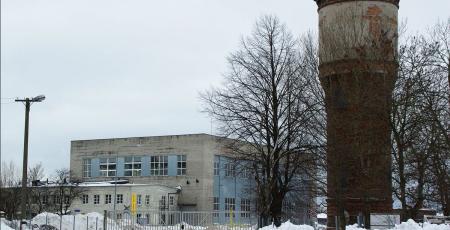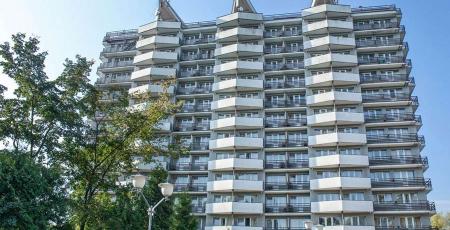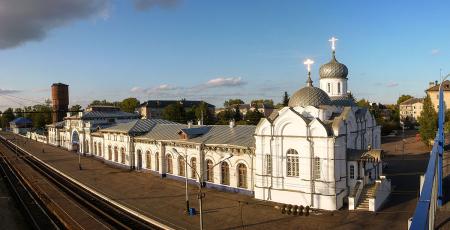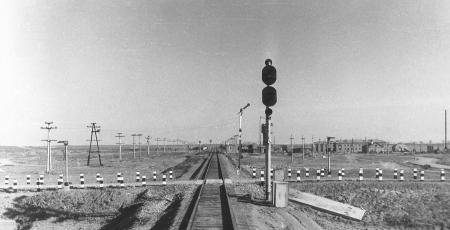Narva is a border railway station on the Tallinn - Narva line of the Estonian Railways. Regular trains go through it in the direction of St. Petersburg and Moscow.
In the late 1960s - 1970s,...
The page shows the objects of the selected type, the design of which was performed in the selected period
950
projects completed
Site surveys for construction involve comprehensive investigations of natural environment of an area and/or a construction site.
Specialists of JSC Lengiprotrans design transport development master-plans, which includes activities associated with placement of all railway infrastructure facilities in accordance with the process solutions adopted. The design work includes environmental impact assessment and development of recommendations on environmental protection.
The page shows the objects of the selected type, the design of which was performed in the selected period
In 1960-1980, Lengiprotrans designed a wastewater treatment plant for a locomotive depot at Tallinn-Kopli station in Estonia.
The facility has developed: cross-sections, construction part,...
Baltic Coast Health resort is a medical and prophylactic institution of the St. Petersburg metro. It is located in a picturesque place on the Karelian Isthmus near the Gulf of Finland in the city...
Railway line Bui - Svecha - a section of the Northern Railway. In the 1960s - 1970s Lengiprotrans developed a project for second tracks on this section.
In 1967-1969, geological surveys were...
In 1960-1970, the Mikun - Koslan railway line in the Komi Republic was built according to the Lengiprotrans project. This contributed to the transformation of Mikun into a major junction station...
In 1960-1970, according to the Lengiprotrans project, the Balkhash - Sayak railway line was built in the Kazakh SSR. Transport links were required to supply Sayak ore to the Balkhash mining and...
Pages


